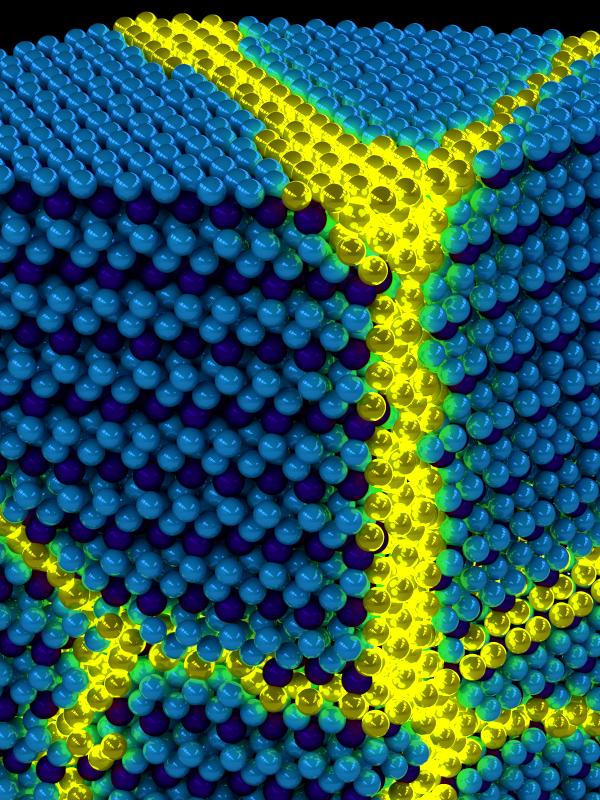A team of researchers from the University Of Cambridge has created a super jelly substance that contains 80 percent water and 20 percent polymer networks. Surprisingly, this squeezy jelly-like material can one-hundred survive even after being crushed by a running car or a standing elephant. The coolest part of this super jelly is that this substance restores to its original form irrespective of the state you compress.
"In order to make materials with the mechanical properties we want, we use crosslinkers, where two molecules are joined through a chemical bond," said Dr. Zehuan Huang from the Yusuf Hamied Department of Chemistry, the study's first author. "We use reversible crosslinkers to make soft and stretchy hydrogels, but making a hard and compressible hydrogel is difficult and designing a material with these properties is completely counterintuitive."

You can use this ultra-hard material in multiple applications like soft robotics, bioelectronics, and cartilage replacement for biomedical purposes. The behavior of the materials depends on the molecular structure. For instance, hydrogels are known for their ability to withstand rough and challenging conditions. They are stretchy and have self-healing properties, making them a solid material that can survive even after squashing.
"At 80 percent water content, you'd think it would burst apart like a water balloon, but it doesn't: it stays intact and withstands huge compressive forces," said Scherman, Director of the University's Melville Laboratory for Polymer Synthesis. "The properties of the hydrogel are seemingly at odds with each other."
Professor Oren A. Scherman headed the research. The jelly resists compression because of the barrel-shaped molecules called cucurbiturils used in making the glass-like hydrogels. The researchers slowed down the dynamics of the material by changing the molecular structure of the guest molecules inside the handcuff. Subsequently, this has resulted in adding numerous properties to hydrogels that stretch from rubber-like to glass-like properties.
"The way the hydrogel can withstand compression was surprising, it wasn't like anything we've seen in hydrogels," said co-author Dr. Jade McCune, also from the Department of Chemistry. "We also found that the compressive strength could be easily controlled through simply changing the chemical structure of the guest molecule inside the handcuff."
Researchers utilized this substance to create a hydrogel pressure sensor to observe human motions in real-time. "To the best of our knowledge, this is the first time that glass-like hydrogels have been made. We're not just writing something new into the textbooks, which is really exciting, but we're opening a new chapter in the area of high-performance soft materials," said Huang.









